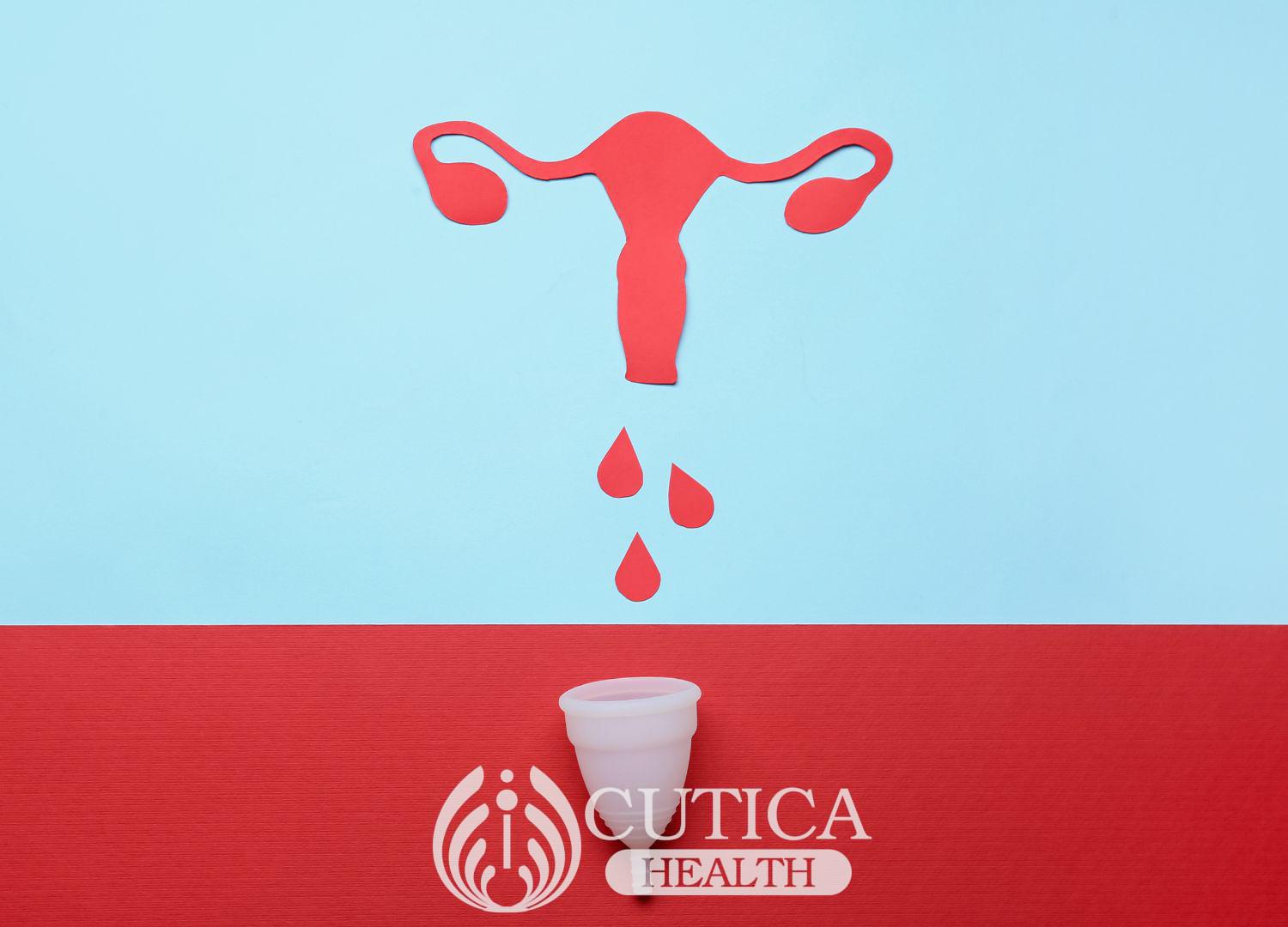
“Sir, from our results here, I’m sorry you have prostate cancer,” the doctor said.
Flashback to way before the diagnosis, James had been experiencing a frequent urge to pass urine, especially at night, and difficulty while urinating. His urine came in slow streams, and he always had that feeling of his bladder not being empty.
Then the scariest thing that had him hurriedly driving miles to the hospital occurred– his urine appeared a little red.
What is Urinary Tract Obstruction?
Also known as Obstructive Uropathy, it is a medical condition where a blockage along the urinary tract prevents urine from flowing out of the body. This blockage can be anywhere along the urinary tract, which consist of a series of tubes between the kidneys and the exterior. It also includes the bladder, which stores urine until you want to urinate. 
Urine passes from the kidney, which is where it is formed through a long tube called the ureter to the bladder. From here, urine flows to the exterior through the urethra, which passes through the penis in men. In obstructive uropathy, the urine may flow the other way round, that is, back to the kidneys, depending on the degree of obstruction.
This backward flow (reflux) is quite injurious to the kidneys and can eventually cause kidney damage.
This medical condition can affect males and females, and it is found to affect children. Urinary tract Obstruction in children is due to a problem with the formation of the urinary tract in the womb.
Causes of Urinary Tract Obstruction
Some of the causes of urinary tract obstruction include;
- Stones found in the kidneys, ureter, or bladder. These are not literal stones but hard masses formed when minerals in the urine crystallize and clump together. They may be caused by excessive alcohol consumption among other causes.
- Prostate enlargement (in males): This enlargement could be benign (non-cancerous) or malignant (cancerous). The prostate is a male reproductive structure that lies just below the bladder and through which the urethra passes before it reaches the penis. Enlargement of the prostate compresses the urethra, blocking the flow of urine.
- Tumors in or near the ureter can compress it and cause an obstruction. These tumors can be non-cancerous or due to some cancers like cervical cancer in women. Prostate cancer, bladder cancer, and cancer of organs in the pelvis are common causes of urinary tract obstruction.
- Injuries to the pelvis, which houses some of the urinary organs.

- Congenital malformation in children: Defects in the structure of any part of the urinary tract may cause obstruction in a child.
Symptoms of Urinary Tract Obstruction
Common symptoms of urinary tract obstruction include:
- Difficulty in urinating.
- A feeling that the bladder is never empty.
- Decreased output of urine.
- Passing urine in slow streams.
- Frequent urge to pass urine, especially at night (nocturia).
- Hematuria: presence of blood in the urine.
- Pain by the sides, back or abdomen.

Treatment
Treating this medical condition requires knowing the root cause. Once this is established, treatment is initiated. Here are some of the treatment options:
- Surgery: Removal of tumors, stones, or other physical causes of obstruction
- A tube called a stent is placed in the blocked ureter or kidney. This helps open up the blocked part and allows the passage of urine.
- Medications to relieve the obstruction in men with benign prostatic hyperplasia (BPH), deal with pain from the obstruction, or help get rid of certain types of kidney stones.

Urinary tract obstruction is a can occur at any age. It is important to visit your healthcare provider when you notice any of the symptoms above.












